What’s the difference between collaboration and treason?
The term collaboration is often used to signify the willingness of two or more parties to work together on a common project. But what are the real motives behind their willingness? Does one party need to constantly watch their back or be afraid that their interests will be in jeopardy to the needs of the other party?
The Wiktionary definition of the term collaboration includes reference to treasonous cooperation. In the highly competitive business world, most individuals occupied in collaborative work wouldn’t think of themselves as engaged in treason (unless of course they are actively pursuing means to overthrow their government). Instead, the focus of willing parties is to cooperate and work together to fight against the norm, the status quo, and the enemy of complacency and doing nothing. So in order to understand and leverage the power of collaboration as a positive core Value, it’s important to define the enemy.
Interestingly, many non-profit organizations embrace the core Value of collaboration. One such example is the Juvenile Diabetes Research Foundation (JDRF), which was founded in 1970 by passionate parents of children with type 1 diabetes – a disease that strikes children, adolescents and adults suddenly, making them insulin dependent for life, and carrying the constant threat of devastating complications. The enemy here is very clear: type 1 diabetes. And since its inception, JDRF has directly funded more than $1.16 Billion in diabetes research worldwide to eliminate this enemy. They have also created the right environment, resources and mechanisms to bring various researchers and industry players together that would not normally collaborate. JDRF also has built a successful track record of working with the FDA to speed approvals of new therapies, and with insurance companies to include these on their formularies.
Some organizations have included the term partnership when referencing their belief and support in the value of collaboration. It helps to reinforce the idea that two or more parties are willing to ‘co-labor’ together for a common cause.
The Central Wisconsin Center for the Developmentally Disabled includes Collaboration & Partnership as one of their core values, with a specific focus on inclusion and participation seeking creative approaches to common issues. For this organization, the enemy can be described as the common issues suffered by individuals with intellectual disabilities.
Even small manufacturers are leveraging the value of collaboration. DSN Innovations is a non-profit organization that supports US manufacturing supplier networks. Here the enemy to conquer is manufacturing contracts from large companies and government. The benefactors are small-to-medium sized manufacturers, who could never do this alone. At DSN Innovations they describe collaboration as intense, trusted communication between their innovations team and all partners. They even go on to describe the elements required to fulfill this core Value, including agility, shared priorities, and teamwork.
However, creating the right environment that fosters collaboration is not easy. It often requires a third party to facilitate, who help eliminate barriers, define success, and make it easier to progress forward. To that end, the International Organization of Facilitators (IAF) has produced an extensive handbook called Creating a Culture of Collaboration. As practitioners who are concerned with conflict and consensus, the writers of this handbook provide a practical guide to creating a culture of collaboration within and among groups, organizations, communities, and societies. One of the elements the authors outline here is the need to align Vision and Values. If participants are not aligned around the reason they have come together – the enemy to be conquered – or the criteria that defines their success, then collaboration will literally be impossible to achieve. But the authors do provide some effective tools to bring various parties together, such as using the influence of uncertainty, harnessing the power of metaphors, and learning to operate as a relay team.
So to make collaboration an effective core Value, it’s imperative to clearly define the enemy. Once this is obvious and understandable by all interested parties, then the right environment, resources and mechanisms will come together to enable the partnership to conquer the enemy, even if at times it feels like treasonous cooperation.
Note: This post originally published for Idea Exchange.


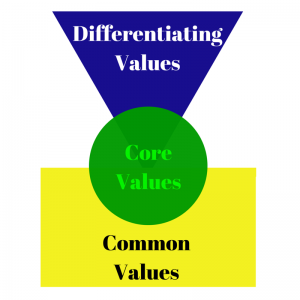

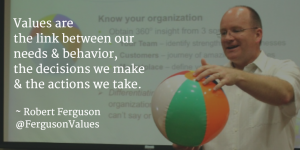
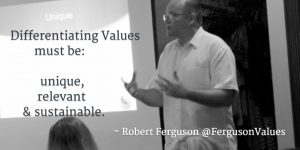
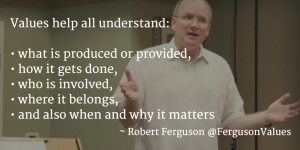
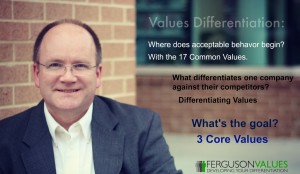
0 Comments
Trackbacks/Pingbacks